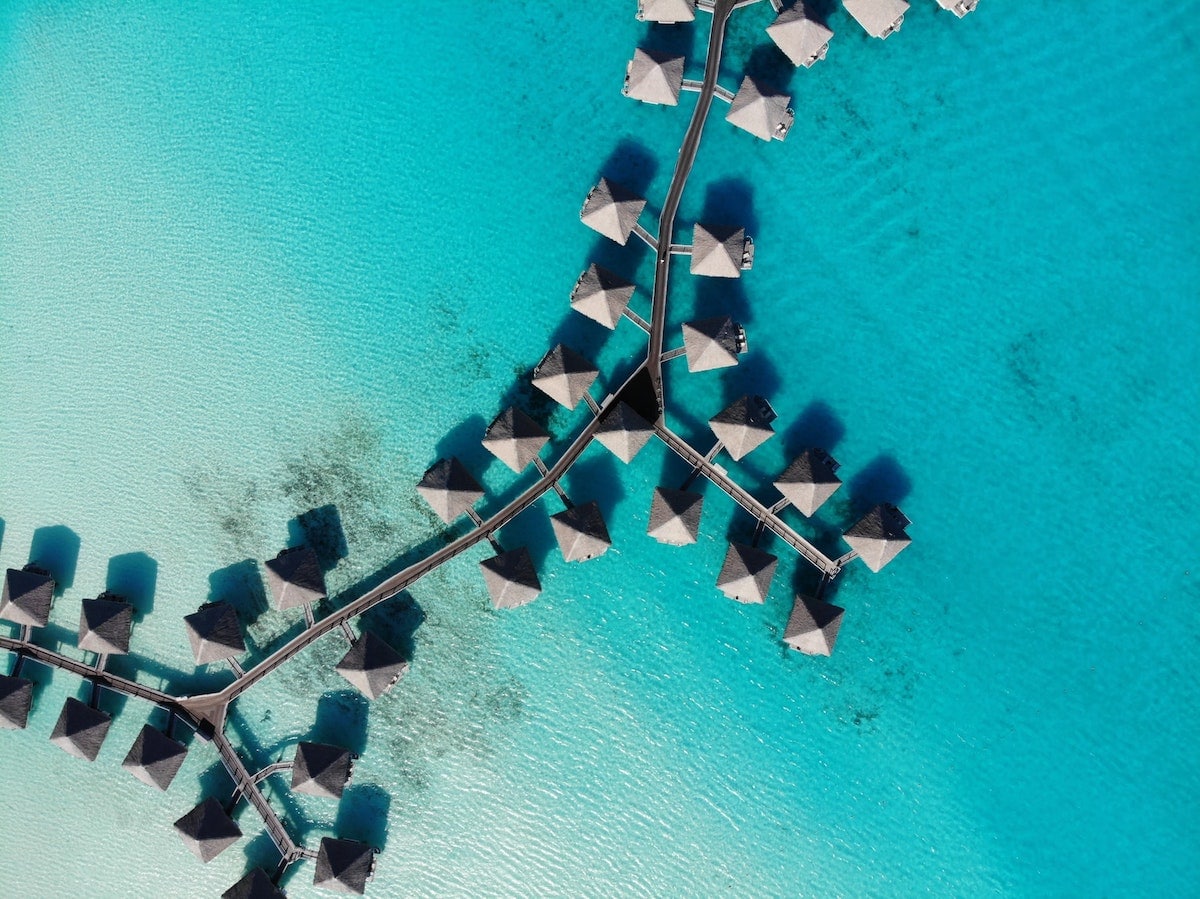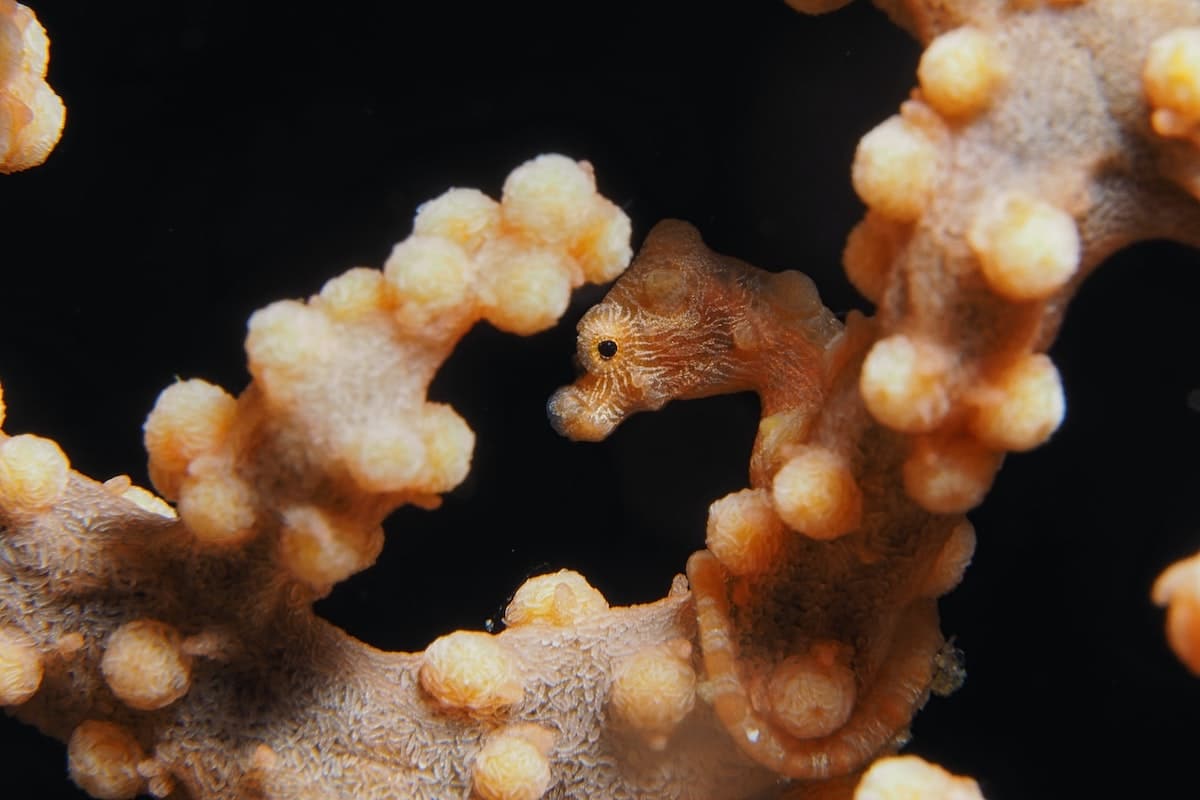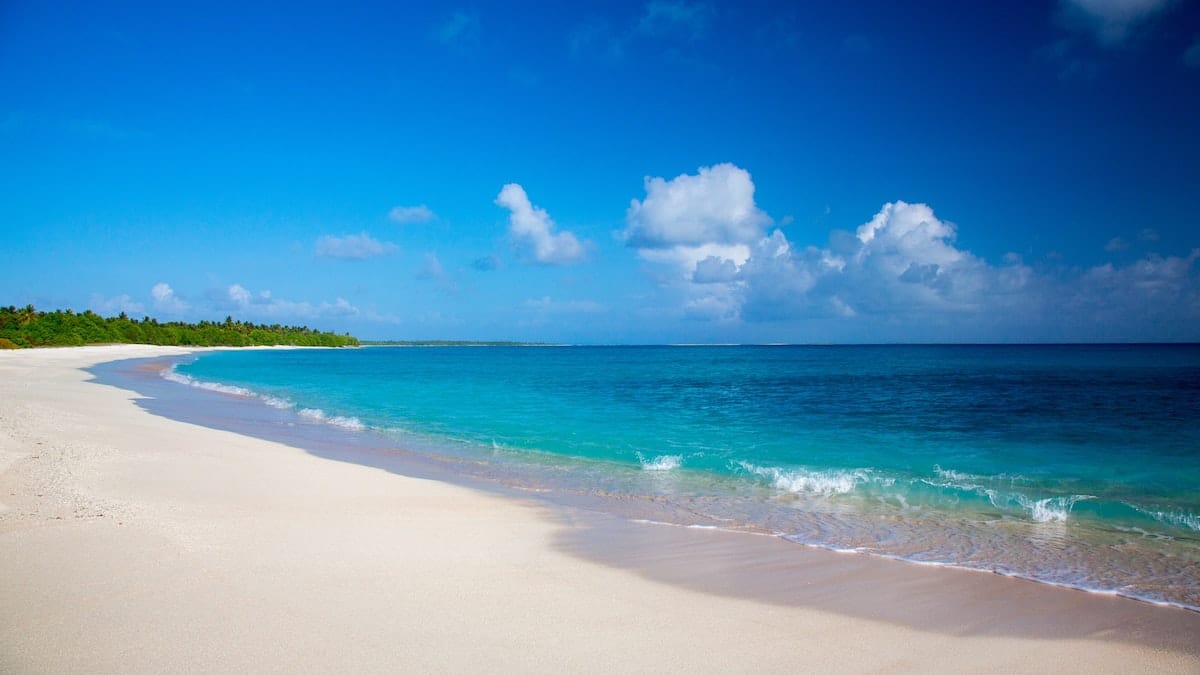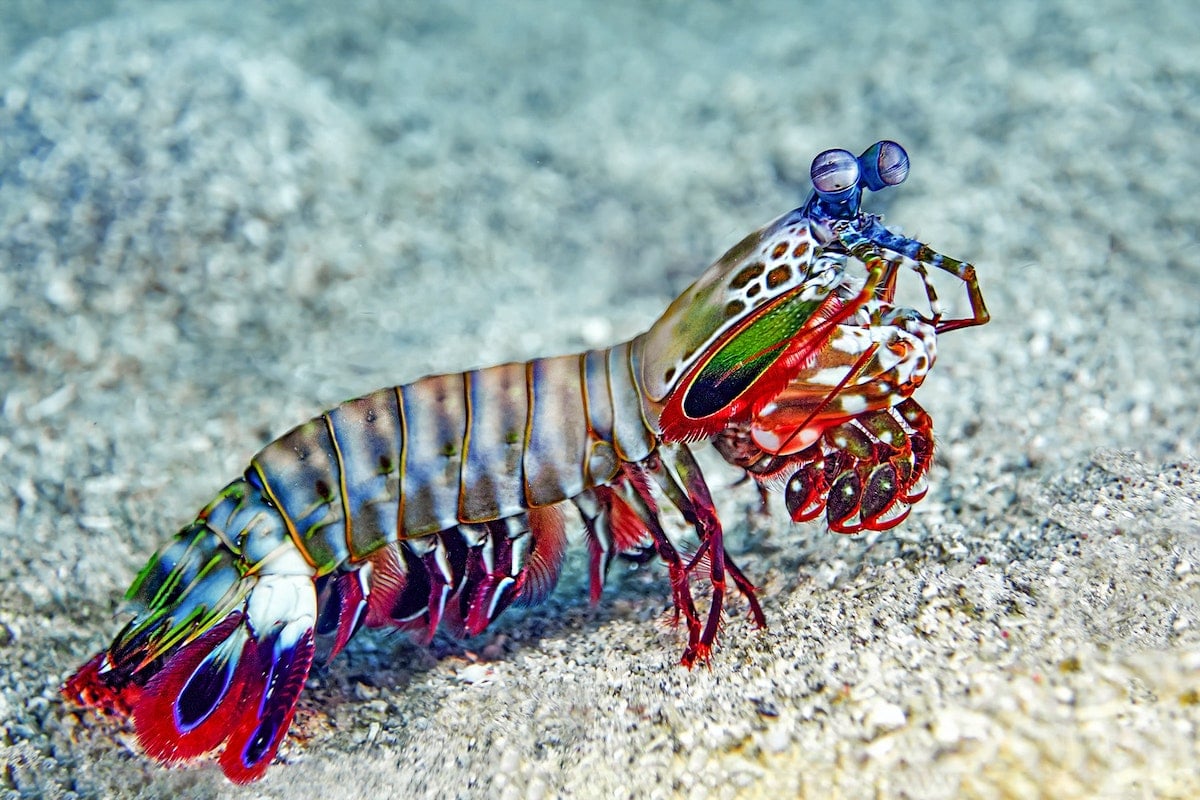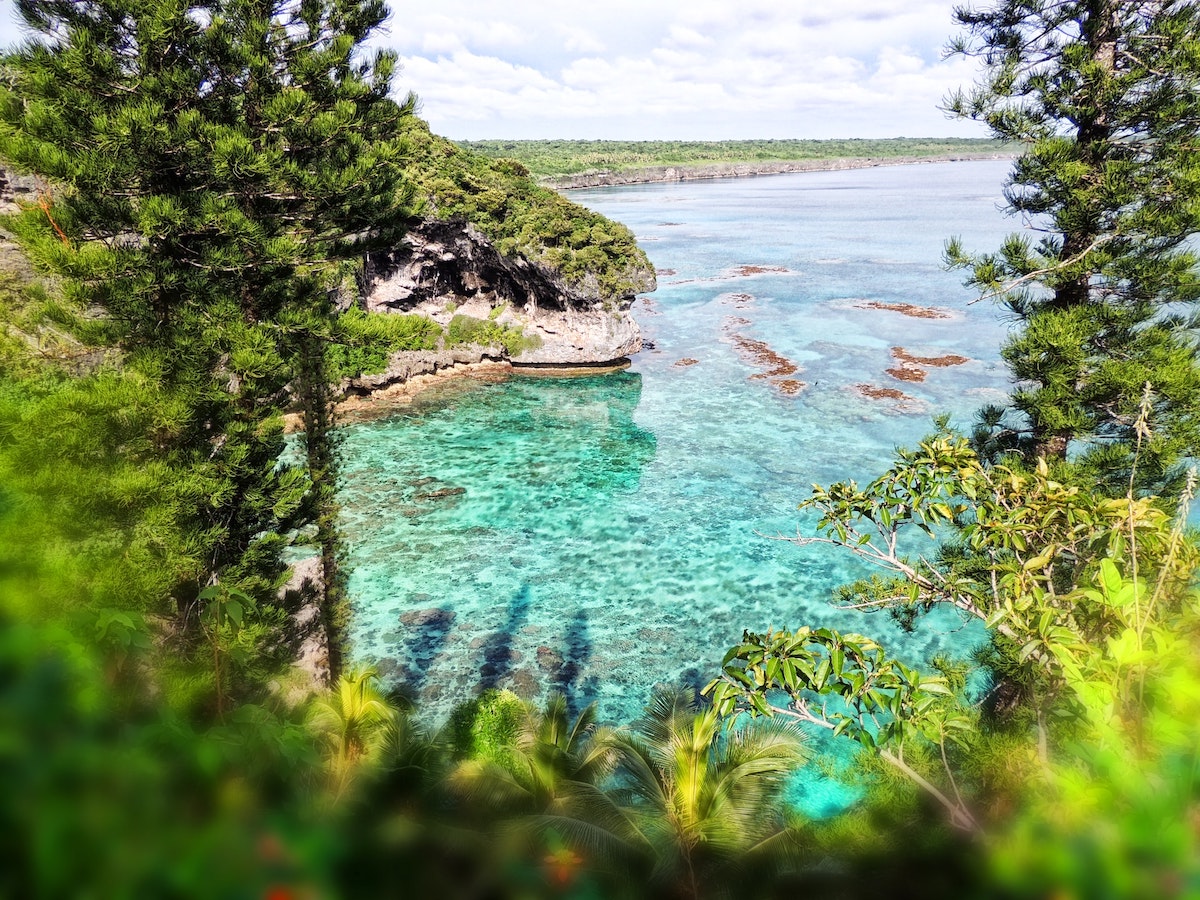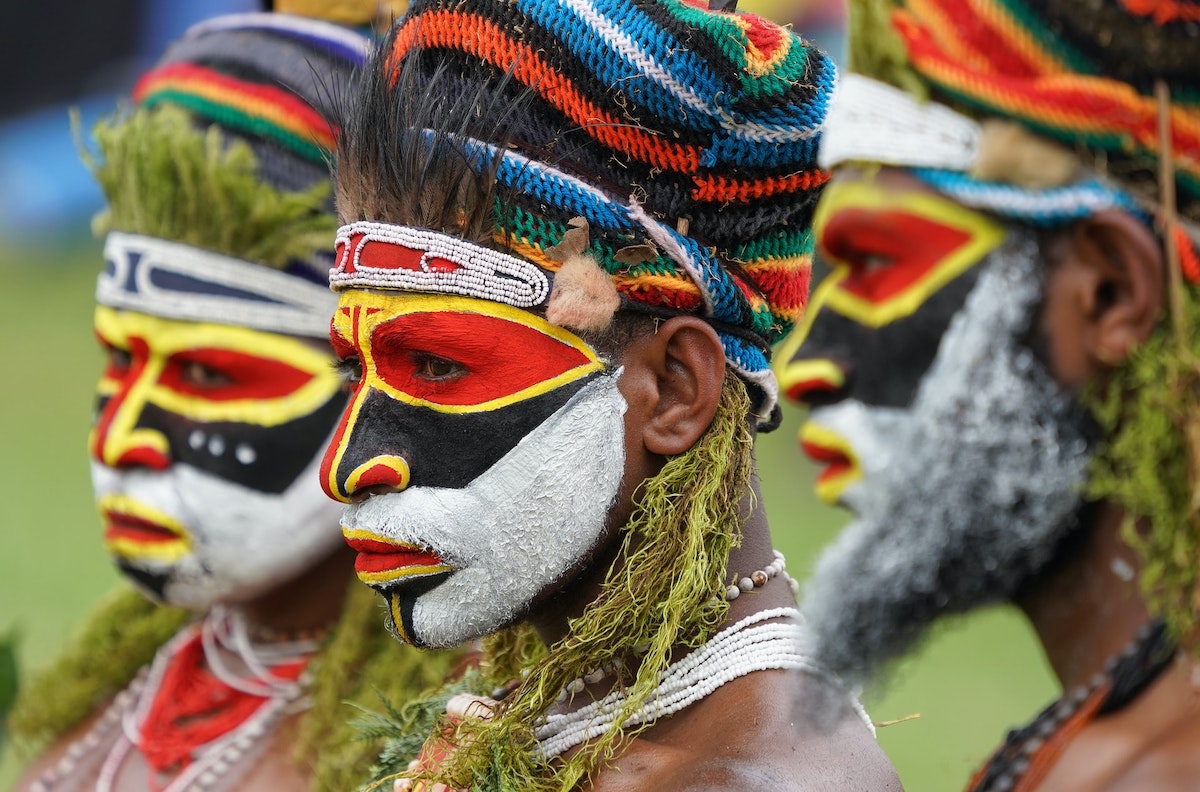News
Top 12 Dive Destinations in Oceania – Part 2
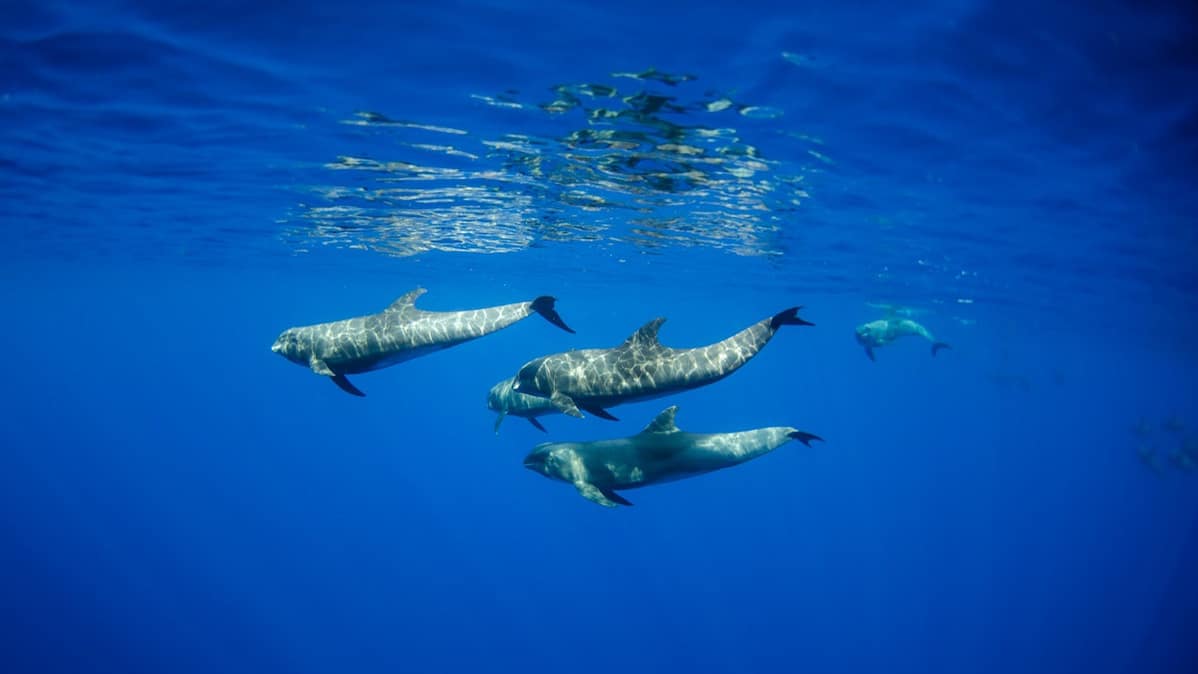
Oceania has a fascinating mixture of well-known romantic destinations and wild, remote dive spots that few people ever get to visit. It is a region of contrasts with enough dive destinations and cultural highlights to satisfy even the most adventurous divers. In part II of 12 great places to go diving in Oceania, we take a deep dive into some of this region’s most famous and little-known islands. Get inspired for your next dive trip to Oceania here.
French Polynesia
French Polynesia’s Society Islands have a stellar list of dive destinations, including Tahiti and Moorea. Between them, they offer easy coral reef diving and calm, turquoise lagoons with friendly stingrays and blacktip reef sharks. You can also swim with humpback whales, tiger sharks, lemon and nurse sharks there.
This beautiful nation’s best-known dive spots, Fakarava and Rangiroa atolls, are just a short flight away from the Society Islands. Both of these huge atolls offer exciting pass dives with hundreds of grey reef sharks and resident dolphins.
For a completely different dive experience, visit the Marquesas Islands. This island group is the farthest from any landfall on Earth and has a unique underwater world that hosts unusually large mantas and melon-headed whales.
And if that all sounds like too much effort, go Bora Bora scuba diving instead. This ‘Pearl of the Pacific’ has fantastic diving, and you can spend your downtime relaxing with champagne lunches on deserted islands.
The Solomon Islands
The Solomon Islands are a haven for more than 1000 reef fish species and numerous prized critters, plus dolphins, sharks, rays and six species of sea turtle. Hosting hundreds of wrecks and remote hard coral reefs, there is something for every diver there.
The Russell Islands host some of the best-known dive sites in all of the Solomon Islands. There, you can glide between the walls of a crevasse that cuts through an island, immerse yourself in wreck diving at White Sand Beach, swim through a halocline at Custom Caves, or go in search of pygmy seahorses.
For the best wreck diving, make sure you visit Iron Bottom Sound. This stretch of water hosts around 200 ships and more than 600 aircraft wrecks from World War II. It is a wreck diving mecca that offers excellent tech-wreck dives.
The Marshall Islands
The Marshall Islands is a chain of volcanic islands and coral atolls that few people know about. As the fifth least visited country in the world, these islands offer remote diving among exciting deep wrecks and vibrant coral reefs.
Bikini Atoll is the main dive destination in the Marshall Islands. Made famous by US atomic bomb tests in the 1940s, this atoll hosts numerous deep wrecks that offer incredible tech diving.
As well as some of the best tech-wreck dives imaginable, the Marshall Islands also have thriving hard coral reefs without any dive crowds. There are pinnacles, drop-offs, channels and shallow coral gardens to explore, busy with colorful reef life.
The Cook Islands
When it comes to warm welcomes, it’s hard to beat the Cook Islands. From the moment you arrive, you will be drawn into one of the friendliest nations in the world and won’t want to leave.
This wonderful country is a perfect place to get your Open Water Diver certification or take your family diving. Rarotonga is the main destination for tourism and is a charming island with fresh markets, cafes, restaurants, and resorts tucked away among the palms. There are around 25 dive sites just offshore and gorgeous beaches for laid-back surface intervals.
Nearby Aitutaki has fewer visitors, yet it hosts around 22 dive sites, with many still being discovered. It is a great place to dive among remote coral-covered landscapes and forget the rest of the world exists. Whichever island you choose, the waters are warm and full of colorful reef life.
New Caledonia
New Caledonia is one of those wish-list destinations known for its spectacular diving, crystal-clear waters and abundant marine life. Unlike some remote destinations in Oceania, New Caledonia has modern infrastructure that makes it easy to explore at your pace – by car or island hopping with regular domestic flights.
There are over 100 dive sites scatted around New Caledonia, offering a tempting mix of deep drop-offs, thrilling drift dives, wrecks, and easy reef diving. Most diving is conducted at the New Caledonia Barrier Reef, a vast 1500 km-long reef that encloses a UNESCO World Heritage lagoon. Within the lagoon, you can explore coral-encrusted walls, channels, and easy dive sites in shallow waters.
New Caledonia’s extensive marine reserves ensure these dive sites are teeming with life. For the best chance to see mantas and sharks, visit from April until September.
Vanuatu
Vanuatu is the perfect place to reconnect with nature, offering untouched rainforests, natural swimming holes and excellent scuba diving.
Pristine reefs abound in Vanuatu, with many dive sites accessible simply by walking off the beach. Million Dollar Point is one of the most unique dive spots and hosts an array of machinery and equipment dumped by the US after World War II. The SS President Coolidge, a former World War II troop carrier, and the 1874 three-masted Star of Russia are excellent wrecks to dive.
The amount of marine life at Vanuatu’s dive sites is staggering. As well as rainbow-hued corals and countless reef fish, there are sea turtles, sharks, rays, and numerous pelagic fish. You can also go swimming with dugongs there.
Papua New Guinea
Papua New Guinea is one of the most culturally diverse countries in the world, home to more than 850 known languages and hundreds of different tribes. It is unlike anywhere else in Oceania.
Along with the Solomon Islands, Papua New Guinea has some of the healthiest coral reefs in the world, including at Kimbe Bay. This special bay was once ranked as the most beautiful reef by National Geographic.
The nearby Witu Islands are a great place to go critter hunting and drift dive among schools of tuna and barracuda. Milne Bay is the home of muck diving and offers excellent shallow muck and reef diving with numerous critters.
There are seamounts busy with reef sharks and exciting walls at Fathers Reefs, and you can dive in the shadow of jungle-covered fjords at Tufi.
Kathryn Curzon, a shark conservationist and dive travel writer for SSI (Scuba Schools International), wrote this article.
News
Book Review: Fire on Monroe Bravo by Fred Lockwood

Fire on Monroe Bravo is the latest book in the Jack Collier series by Fred Lockwood. Our story begins with our lead characters, Jack and Sandro, owners of Marine Salvage & Investigation Company, arriving on the Monroe Bravo Oil & Gas Platform in the North Sea. Having secured a contract for their vessel the MV Stavanger to act as support ship to the platform for TransGlobal Oil, our protagonists are on a celebratory visit.
However almost as soon as they arrive a series of explosions rock the platform, causing huge damage, loss of life and the very real danger of a massive human, ecological and financial disaster.

As the danger mounts for both our heroes and the surviving workers, Jack and Sandro will have to escape the inferno, all while trying to save the platform and the men still trapped unable to help themselves.
The disaster sets the scene for the unfolding story lines following the fate of the platform and our main characters, the police investigation into a suspected terrorist act and the actions of TransGlobal Oil as they attempt to navigate the pubic outcry and financial repercussions.
In his eighth book, Fire on Monroe Bravo, Fred Lockwood delivers an explosive thriller, with plenty of above and in-water drama, and our heroes fighting for survival, what more can you ask for?
We thoroughly recommend this read and look forward to the next in the series. For more information about his book series, you can check out the reviews of his previous books here on Scubaverse.
- Title: Fire On Monroe Bravo
- Author: Fred Lockwood
- ISBN: 979-8325324536
Available in a paperback version and for Kindle from Amazon and book stores.
Blogs
Alonissos: The complete diving destination (Part 1)

In June we were incredibly fortunate to be invited to dive in Alonissos, a small Greek Island in the Sporades island chain located in the North Aegean Sea. While I have long been a big fan of the Greek Islands as a great holiday destination, I had not had the opportunity to do any diving on previous visits and Mike and I were extremely excited to see what Alonissos had to offer both above and below the surface!

The Sporades are easily accessible via the airport in Skiathos (the first island in the chain), which is served by Jet2 flights from all major UK airports from May through October. Numerous ferries and charter boats make island hopping from Skiathos Town a breeze. After an hour boat ride, the picturesque port of Patitiri was a wonderful introduction to Alonissos, where we were met by our gracious hosts Kostas of Albedo Travel and Dias of Alonissos Triton Dive Center. Mike and I were delighted to be staying at the Paradise Hotel, aptly named for its stunning views over the sea and great location for walking to the waterfront.

Alonissos is beautifully situated in the National Marine Park of Alonissos and the Northern Sporades, the largest marine protected area in Europe. The surrounding seas offer fabulous marine life, including incredibly rare species such as the Mediterranean monk seal. They boast deep walls covered in gorgonians and sponges, stunning topography with caverns, swimthroughs and pinnacles, and the first accessible ancient shipwreck from 500BC!

In locations where historical sites have been reported, the waters are largely restricted, but with collaboration between government, underwater archeologists and dive centres, incredible underwater museums are being created for a truly unique diving experience. Alonissos is home to the first of these, the Ancient Shipwreck of Peristera Accessible Underwater Archeological Site. The chance to dive into history (along with reports of healthy reef life and amazing underwater topography) meant Mike and I were keen to get in the water.

Our introduction to the diving around Alonissos was at the Agios Georgios Pinnacles, in the channel between Alonissos and Skopelos. This fantastic site was named “The Chimney,’ and proved to have a huge amount to see. We got to a decent depth here (over 25m), and marvelled at a colourful reef wall with a wonderful swim through whose rocky walls were absolutely covered with life. As well as brilliant topography there was no shortage of macro life here. We saw numerous nudibranchs, five different species in total. The second dive at Mourtias reef nearby was a shallower dive along a nice wall with lots of crevices. Several moray eels and grouper called this site home. We enjoyed looking in the crevices for lobster and smaller benthic life, such as cup corals and tunicates.

Our itinerary allowed us two dives a day with afternoons left to explore the island with our hire car and evenings to enjoy the famous Greek hospitality. This proved to be a lovely mix of in-water and land based diversions.

The next days diving to the Gorgonian Gardens and Triton’s Cave was to be even better! These two stunning sites are nothing short of fabulous. The Gorgonian Gardens was a deep wall near to the Agios Georgios islands. The ever-present currents in this deep channel meant that the sea life was amazing … the namesake Gorgonian sea fans dotted the wall at a depth of 30 to 50 meters, getting ever larger the deeper we went. Above 30m was by no means less beautiful, with sponges, corals, scorpionfish, moray eels and some rare and colourful nudibranchs.

The second shallower dive of the day was to Triton’s Cave or the Cavern of Skopelos, on the east side of that island. The spectacular rock formations had wild striations both above and below the water making a truly epic topography. The cavern entrance was at 14m, and big enough for a buddy pair, winding up to 6m and passing two beautiful windows out into the blue. Emerging from the cavern, the light at the shallower depths and the incredible rock formations made for a fantastic gentle swimming safety stop and we all surfaced by the boat with massive grins.

Check out our next blog :Alonissos: The complete diving destination (Part 2)” to hear about our amazing dive on the 2500 year old Peristera Wreck!
Thanks to:
Alonissos Triton Dive Center https://bestdivingingreece.com/
Albedo Travel https://alonissosholidays.com/activities/
Paradise Hotel https://paradise-hotel.gr/
Alonissos Municipality https://alonissos.gr/en/
-

 Blogs2 months ago
Blogs2 months agoDiving With… Nico, Ocean Earth Travels, Indonesia
-

 News1 month ago
News1 month agoMurex Bangka Announce New Oceanfront Cottages & Beachfront Dining
-

 Blogs2 months ago
Blogs2 months agoA new idea in freediving from RAID
-

 Marine Life & Conservation1 month ago
Marine Life & Conservation1 month agoIceland issue millionaire whale hunter a licence to murder 128 vulnerable fin whales
-

 Marine Life & Conservation2 months ago
Marine Life & Conservation2 months agoThe Shark Trust Great Shark Snapshot is back
-

 News3 months ago
News3 months agoCharting New Waters; NovoScuba Goes Global with the Launch of their Revolutionary Dive Training Agency!
-

 Gear News1 month ago
Gear News1 month agoNew Suunto Ocean – a dive computer and GPS sports watch in one for adventures below and above the surface
-

 Marine Life & Conservation Blogs2 months ago
Marine Life & Conservation Blogs2 months agoBook Review: Plankton


